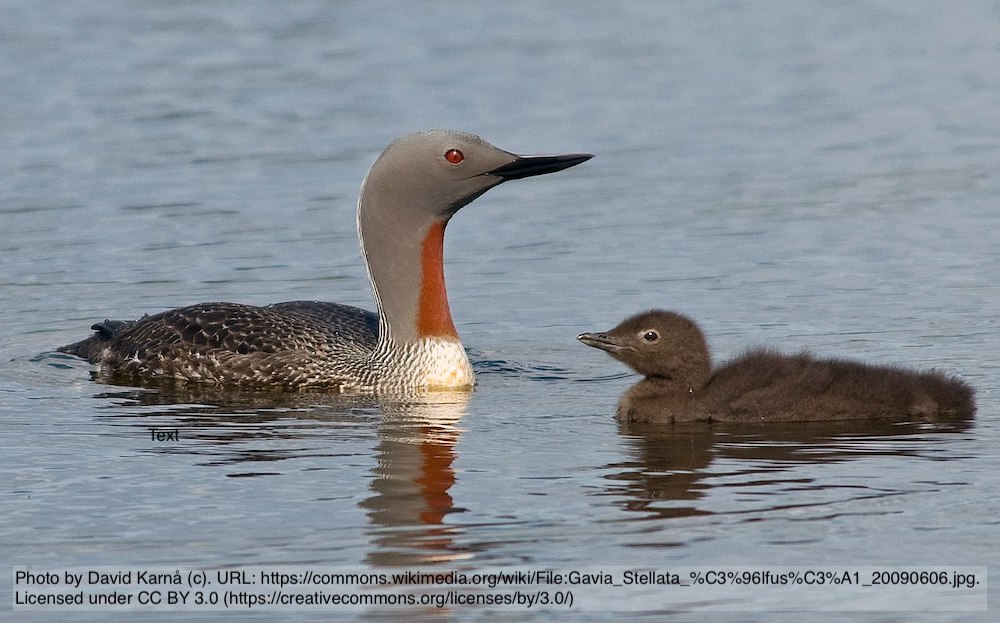Importance of lake and nesting site characteristics for the breeding success of sea-foraging Red-throated Divers Gavia stellata in Västerbotten, Sweden
DOI:
https://doi.org/10.34080/os.v9.22453Keywords:
breeding biology, vegetation, Sphagnum, Red-throated Loon, breeding successAbstract
In Sweden sea-foraging Red-throated Divers are found only in the north-eastern part, along the Gulf of Bothnia and the Bothian Bay. The breeding biology of these possibly 100–200 pairs is virtually unknown. In this study, the breeding success of 15 pairs of these birds was related to lake and nesting site characteristics. During the years 1993–1998, a total of 53 initiated incubations were recorded in 14 different lakes within a 400 km2 area. Out of a total of 43 well-grown young (28 incubations) all except 5 (3 incubations) were with certainty hatched in nests located on small islets or on floating Spaghnum spp. moss mats. The overall breeding success, expressed as non-fledged, half-grown chicks (large young) per incubation, was 0.81. The breeding success was significantly lower (0.01<p<0.05, Kruskal-Wallis followed by Dunn’s test) in bog-type mire lakes (0.33 young per incubation) than in lakes with a mosaic character of open water, high-grown Carex vegetation and Spaghnum moss mats (0.94 young per incubation). Also in forest lakes, formed in depressions of glacial till, the production was higher than in mire lakes (1.09 young per incubation). It was found that a dense cover of high vegetation close to the nest was the most important factor for the breeding success (p<0.01, Spearmans rS), whereas distance between the nest and the shore showed a weak statistical significance (0.05<p<0.10). On a lake level scale, it was found that breeding success increased with decreasing percentage open water (i.e. increasing mosaic character, p<0.01, Spearman’s rS) whereas the absolute size of the lake (0.26 to 15.9 ha), maximum distance over open water and distance to the sea (0.3 to 4.0 km) did not seem to affect the breeding success. The influence of predation and yearly fluctuations in lake water level on breeding success are discussed.
Downloads

Downloads
Published
How to Cite
Issue
Section
License
The copyright of each contribution belongs to the author(s), but all contributions are published under a Creative Commons license, so that anyone is free to share and reuse the contribution as long as the copyright holder is attributed.







